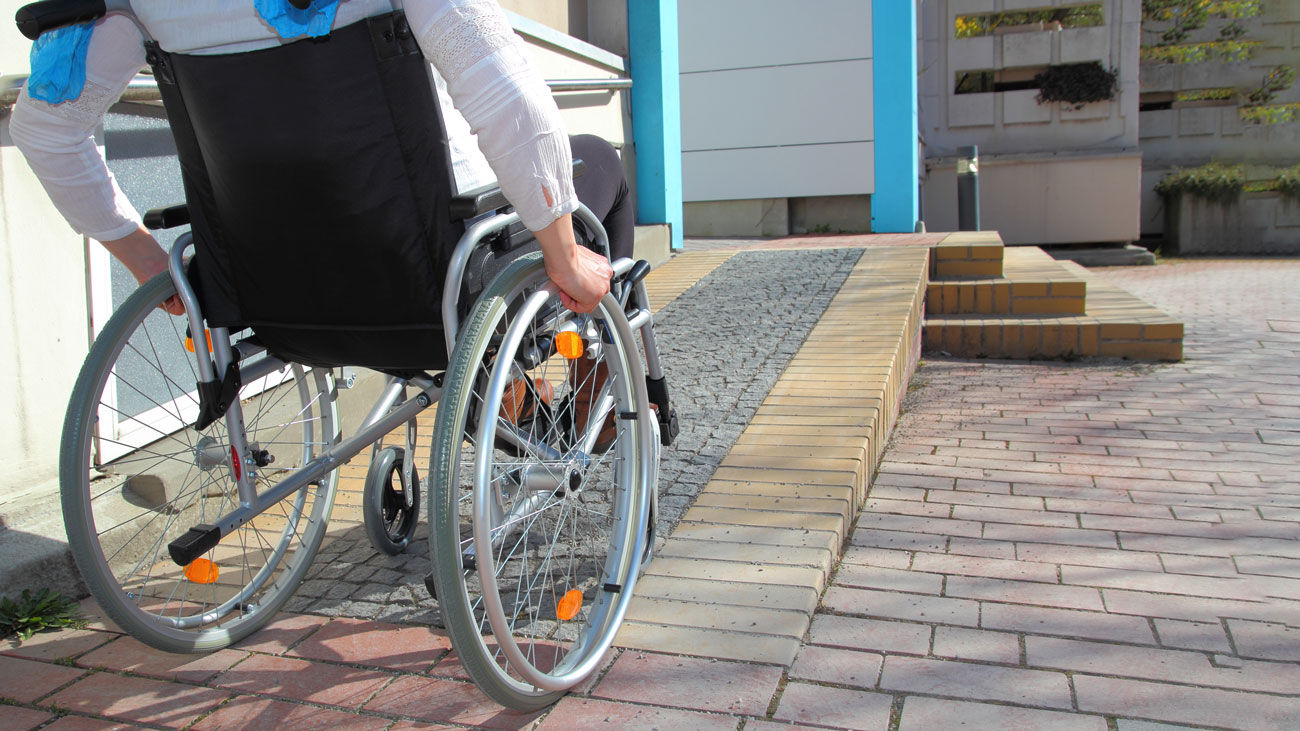
Ergonomics and human factors: making work and workers fit
The HSE has issued guidance aimed at employers, managers and others to help them understand ergonomics and human factors in the workplace. It gives some examples of ergonomics problems and simple, effective advice about how to solve them. This leaflet helps to explain how applying ergonomics can improve health and safety in your workplace.
Ergonomics is a science concerned with the ‘fit’ between people and their work. It puts people first, taking account of their capabilities and limitations. Ergonomics aims to make sure that tasks, equipment, information and the environment fit each worker.
The HSE advises that, to assess the fit between a person and their work, you have to consider a range of factors, including:
The job/task being done:
- The demands on the worker (activities, workload, work pacing, shiftwork and fatigue).
- The equipment used (its design in terms of size, shape, controls, displays, and how appropriate it is for the task).
- The information used (how it is presented, accessed, and changed).
- The physical environment (temperature, humidity, lighting, noise, vibration).
The individual’s physical and psychological characteristics:
- Body size and shape.
- Fitness and strength.
- Posture.
- The senses, especially vision, hearing and touch.
- Mental abilities.
- Personality.
- Knowledge.
- Training.
- Experience.
The organisation and social environment:
- Teamwork and team structure.
- Supervision and leadership.
- Supportive management.
- Communications.
- Resources.
There will be a range of physical and psychological abilities in your workforce which you may need to take into account in designing the plant and equipment they use, and the tasks they perform. By assessing people’s abilities and limitations, their jobs, equipment and working environment and the interaction between them, it is possible to design safe, effective and productive work systems.
The full HSE guidance is available here.






